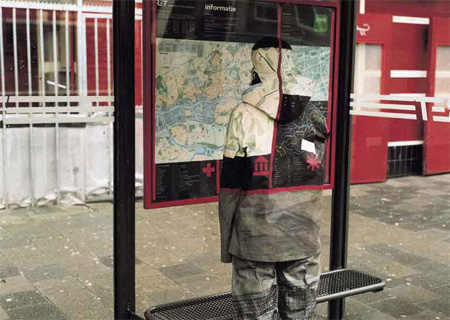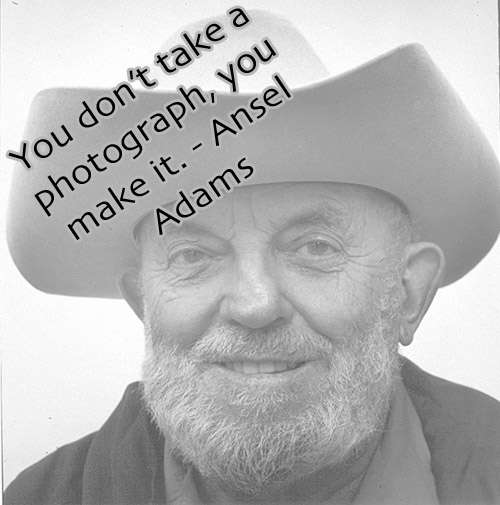If there are two words in the English language that excite me more, I don’t know what they are. Actually, that is a slight exaggeration. Jaffa cakes, Monica Bellucci, free beer, free anything, the list goes on. But, if someone says road trip, my heart tends to accelerate. Who’s road trip? Where to? How long? What do you plan to see? I turn into Michael Parkinson. The sad fact is, I have only heard two, maybe three people ever talk about road trips. Given the amount of photography sites I visit, it seems a very low number indeed.

Now I realise I am in an enviable position as far as actually being able to take off for 2 weeks at a time. I am a contractor, so I can pretty much have holidays when I please. And, I have an understanding wife, who knows a couple of weeks away on my own does me good. So I am fortunate that I can actually do these trips. The biggest obstacle I have to get over is the coin it costs to do a trip like this. It usually takes me about 12 months of saving $5 notes and all the coin I get to save up for a 2 week trip. It usually costs roughly $120 per day to do a trip like this. Accommodation, fuel and food are the big costs. I don’t make it a habit of staying anywhere luxurious. Actually, I have stayed in some pretty rough places. I eat pretty cheaply. The price of fuel is something I can’t control, but I am lucky that my car is reasonably efficient, well, for a large car. The last trip I did, which was 3400kms, I averaged 8.6 litres per 100km. That is still close enough to 300 litres to not care, which equates to probably $450. I can hear hippies dropping as I type. I am sorry, but a Prius just wouldn’t cut it on the roads I go on.

What is it that excites me about road trips? It is the places and the people. On the 3 road trips I have done so far, I have been to places I hadn’t seen before. As a hack photographer, it is a dream. I feel like an explorer. I go places that are new and exciting. I get lost, I drive dusty and muddy roads. When I am out driving around the outback, I have the eyes of a child, full of wonder and interest. Everywhere is a potential photo. Shots like the damn at Bourke last year (see photo below) were made because I drove off a road an along a dirt track. It is one big adventure.

The people are also a big factor. I am not a hugely social person, but I do like chatting to people one on one, and when travelling, you seem to get plenty of opportunities. Here is an extract from last years blog post.
And Miriam, from Stockinbingal, a tiny town on the railway line between Temora and Harden. I had stopped for a nature break and was walking back to the car when I saw Miriam. As usual, I said “gday” and she said “hello, how are you?” Well, we got chatting and ended up sitting at a park bench for a while. She told me I was the 1st person apart from the storekeeper and butcher that she had spoken to in the flesh for 6 weeks. Her kids, and grand kids all lived interstate, and although she spoke to them quite often, she was desperately lonely. Her husband of 60 years, Bill, had passed away late last year and as you can imagine, she missed him. We chatted about a few different things, then I had to go. She gave me a big hug and I was away. I have thought about her a lot since I got back and I should have got her phone number. To busy thinking about where to next and not about her I suppose.
I have met plenty of people who have a story to tell. I wish I could tell their stories for them through my photos, but I can’t. My photography skills aren’t to a level that I can convey a story through a single photo. I wish I could.
So, should you do a road trip? Bloody oath you should. If you are a photographer, and I assume 90% of readers are, give it a go. I can nearly guarantee you will enjoy yourself. I do, and thats why I am saving all my coins for a trip in September.











